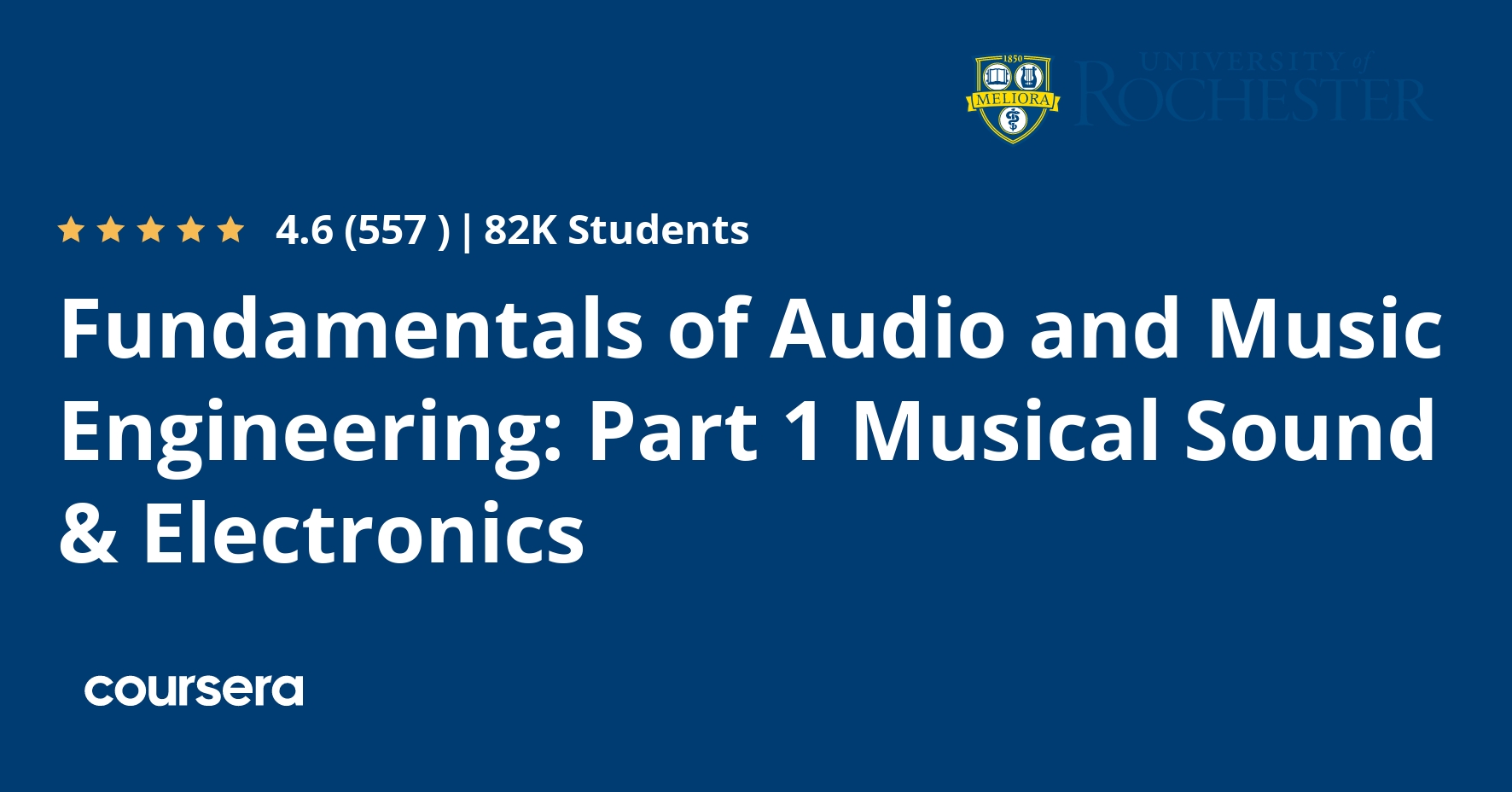Subbu68
Well-Known Member
Wow Vineeth ...Hi,
Don't know of you have already finalized the configuration (dimensions) of the baffle.
I did a VituixCAD simulation of the open baffle concept you described in previous posts with baffle dimensions (Width = 940mm, Height = 1010mm) and driver center mounted 700mm above floor, on the baffle. Here is the diffraction response I got:
View attachment 68505
Here are the directivity charts and in-room performance sims with floor bounce activated (accounting for a single reflection from the floor):
View attachment 68506
All response data above assumes an ideal 12inch driver. Real drivers have their own bumps and peaks in response. But still this kind of study may be helpful for finding good locations/configuration of baffle and location of driver.
In the above charts, the orange curve on the middle plot in column-1 shows the in room response. If you want to explore more, front wall, left wall, ceiling reflections etc can be studied with VituixCAD by activating the corresponding functionality as seen in left side pic of above plot.
The bottom two plots in above plot shows the directivity (figure-8 radiation pattern) that open baffles are famous for. This can be understood by the nulls in the response around 90 degree off axis compared to much higher intensities as we move on axis of the driver, indicated by the strong intensity red colored regions.
Overall the response looks nice till about 500 Hz. After that above 1kHz, the driver starts to beam. In room response considering floor reflection along is a bit bumpy. Offcourse this will change one the baffle dimensions/location of driver changes But the whizzer cone may help compensate some loss in response off axis from 3-6kHz. But I must confess that I don't know much about the functioning of whizzer cones and how they spread the response better to off axis angles.
VituixCAD is free for use and can be downloaded from here:
I highly recommend playing around with this software to understand more, if you are interested.
Off course, nothing beats listening to prototypes and evaluating like you have been doing already..
Wishing all the best..
Regards
Vineeth
Thank you for the time taken to do the analysis. The drivers are still on the cardboard baffles.
It's all Greek and Latin for me
I have enrolled for a course on Speaker Design in Coursera (through my employer


